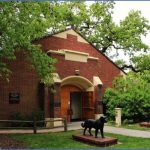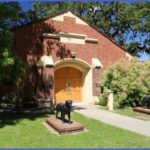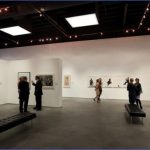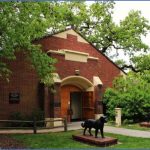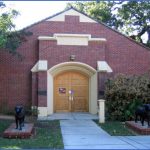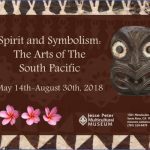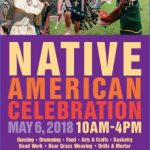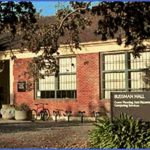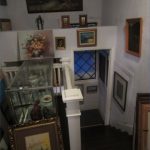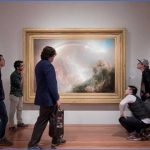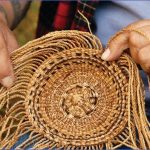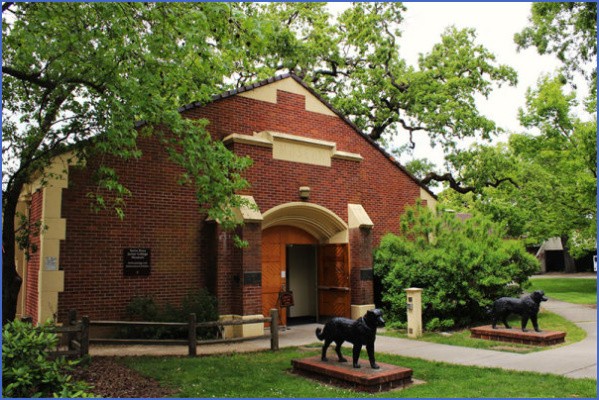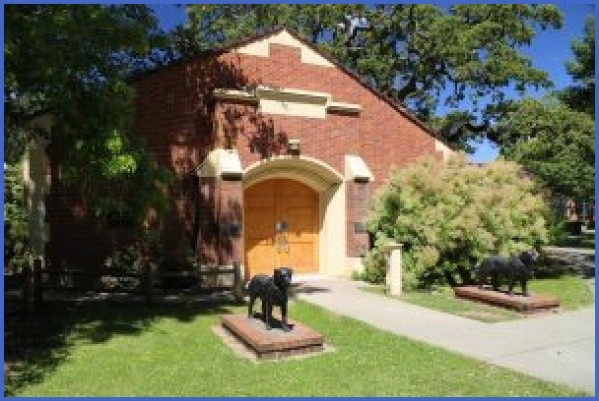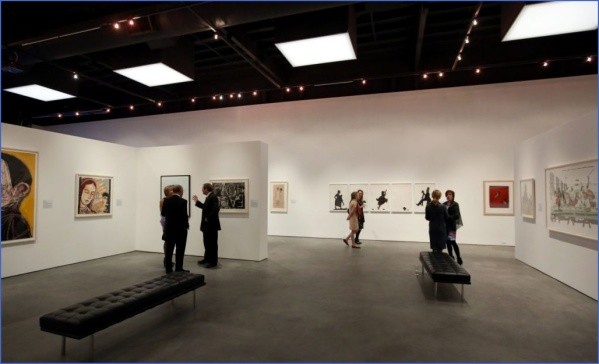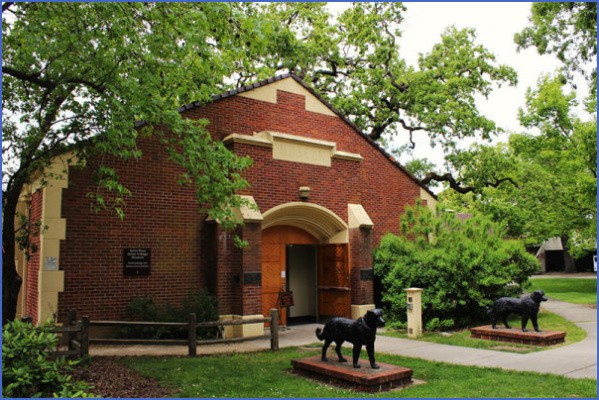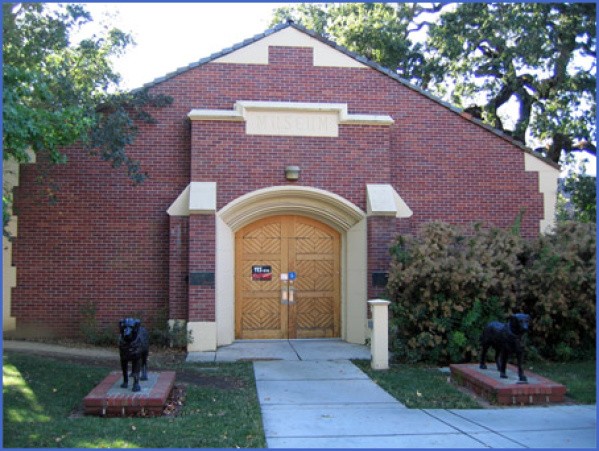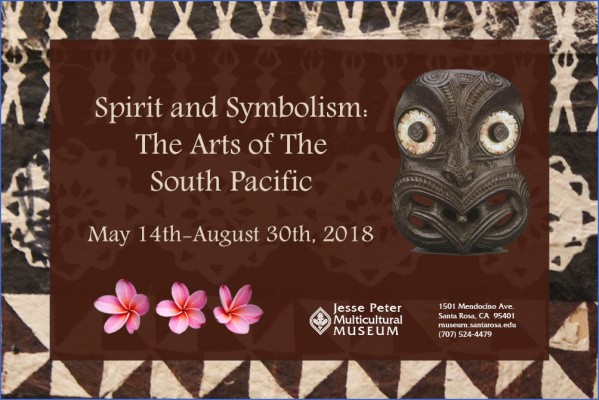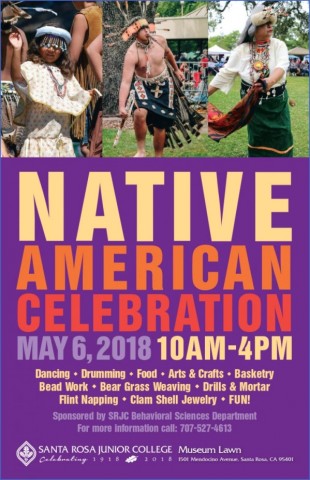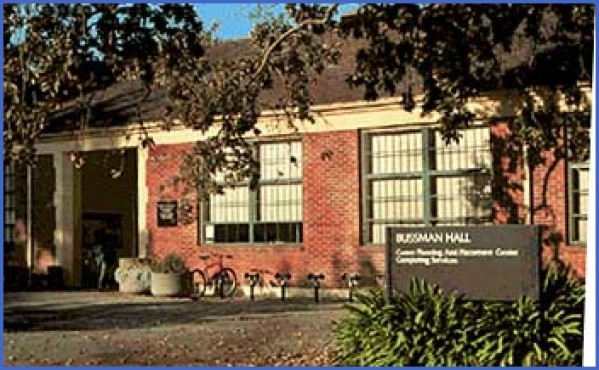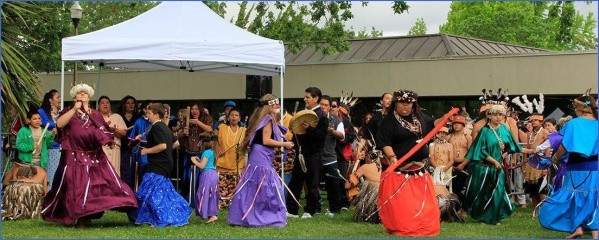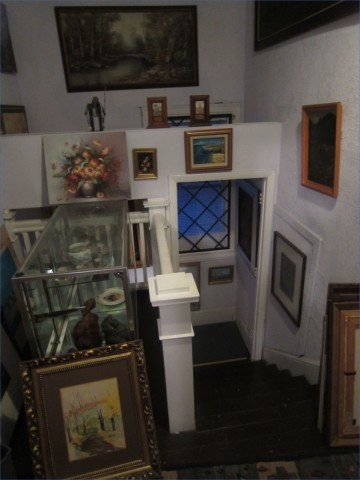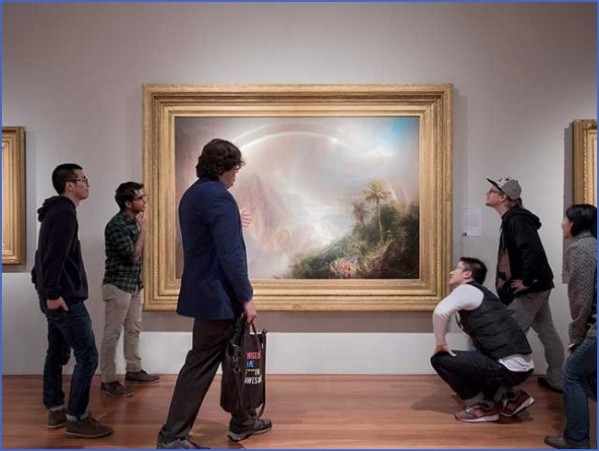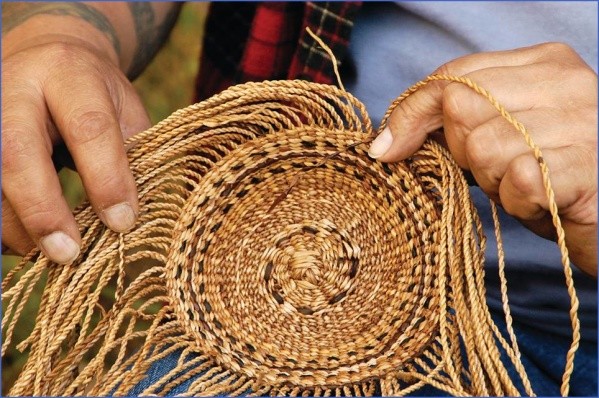Facilities: Exhibition Area.
Activities: Guided Tours Lectures.
The Museum presents exhibitions of traditional and contemporary Native American art and artifacts. Also of possible interest, the Art Gallery presents a schedule of exhibitions of work in diverse media with an emphasis on artists not generally exhibited locally. Located in the former museum building near the center of the campus, the Gallery is open Sunday and Tuesday through Friday, noon to 1pm.
Stanford University – Iris & B. Gerald Cantor Center for Visual Arts at Stanford University
Facilities: Auditorium: Food Services Cafe ( 725-4758); Library: Shop
Activities: Concerts: Gallery Talks: Guided Tours (group. 723-3469): Lectures: Temporary Exhibitions: Traveling Exhibitions.
Publications: exhibition catalogues: journal.
Santa Rosa Junior College – Jesse Peter Native American Art Museum Photo Gallery
Closed after the 1959 earthquake, the Stanford Museum reopened as the Iris & B. Gerald Cantor Center for \ isual Arts in January of 1999. The facility, totaling approximate!}’ 120.000 square feet, includes the historic museum building, the B. Gerald Cantor Rodin Sculpture Garden, new sculpture garden areas, and a new wing. The latter includes galleries for the display of special exhibitions and the permanent collection of contemporary art. a cafe, a blogshop, and a lecture/performanoe room. Stanford Lniversity has significant collections of outdoor art. In addition to the Museums sculpture gardens, works by such artists as Josef Albers, Alexander Calder. Joan Miro. Henry Moore. James Rosati, Ge rge Segal, and Kenneth Snelson are installed throughout the campus. A Papua New Guinea Sculpture Garden is located near the intersection of Lomita Drive and Santa Teresa Street. Stanford maintains extensive permanent collections in virtually ail areas. The European Painting Collection includes examples dating from the Renaissance through the end of the 19th-century with particular focus on British and French works from the later 18th- and early 19th-centuries. Seventeenth-century Holland and Italy are represented by smaller groups of paintings. The Museums collection of European sculpture spans the fifteenth through nineteenth centuries. A highlight of the collection is a group of over 200 works by the French sculptor Auguste Rodin, many of which are on permanent display in the Iris and B. Gerald Cantor Rodin Sculpture Garden. The American Painting Collection ranges from the early 19th-century into the 20th-twentieth century, with particular strengths in later 19th-century landscapes, including important paintings from the 1870s by the California painter William Keith. The museum holds many works by William Trost Richards. Rex Siinkard. and Theodore Wores. The Modern and Contemporary Collections include in the collection are significant works by painters affiliated with Stanford such as Richard Diebenkorn, Nathan Oliveira and Frank Lobdell. as well as works by Bay Area artists such as Paul Wonner. Theophilus Brown and Wayne Thiebaud. The Print and Drawing Collect!ms include more than 3.500 prints and 1.500 drawings, mainly from the ISth- and 19th-centuries. In the drawing collection, areas of particular interest include images of artists, academic studies, and caricatures, as well as works by Fragonard. G.B. and G.D. Tiepolo. J. R. Cozens. Turner, Delacroix. Gericault Mer.zel. Prendergast. Gwen John. Mark Tobey, and de Kooning. The strength of the print collection lies in early 19th-century French lithographs, including a fine selection by Theodore Gericault. Richard P. Bonington s complete oeuvre, as well as many caricatures. The Photography Collection spans the history of the medium from prints by Eadweard Muybridge and William Henry Fox Talbot to work by the most important contemporaries. The Art of the Americas spans the Western Hemisphere in ancient and modem times. Pre-Columbian collection concentrate on the ceramic traditions in Per-. Mexico, and the Southwestern United States. The 19th- and 20th- century collections deal in greater detail with North America, especially California. The Ancient Collection includes two thousand examples of ancient Cypriot terracotta. Greek and Roman works, sculpture from kingdom of Palmyra and Egyptian artifacts. The African Collection concentrates on traditional sculpture of sub-Saharan Africa dating from the 19th- and 20th-centuries.The Museum also has substantial collections of Asian and Pacific art. Also of possible interest cn campus is the T. W Stanford Art Gallery (Tues-Fri. 10-5: Sat-Sun. 1-5). 114
Torrance El Camino College Art Gallery
Facilities: Architecture (Craftsman bungalow. 1911); Gallery: Shop.
Activities: Guided Tours, Lectures; Temporary Exhibitions.
Publications: The Painter Lady: Grace Carpenter Hudson.
The Grace Hudso Museum is an art. history, and anthropology museum focusing on the lifework of Grace Hudson. Dr. John W. Hudson, and other members of a distinguished local family. Permanent and changing exhibits tell stories of the native Pomoan-speaking peoples, the history of California’s north coast region, the artistic career of Grace Hudson, and the long professional collaboration she enjoyed with her ethnologist husband. Grace and John Hudson built their Craftsman bungalow home. The Sun House, on a large lot in central Ukiah in 1911. the twenty-first year of their marriage. The six-room Sun House retains the flavor of the Hudsons bohemian lifestyle, furnished with items from the eclectic collection. The City of Lkiah owns and operates the Grace Hudson Museum and Sun House (California Historical Landmark #926 and listed on the National Register oi Historic Places).
Maybe You Like Them Too
- Top 10 Islands You Can Buy
- Top 10 Underrated Asian Cities 2023
- Top 10 Reasons Upsizing Will Be a Huge Travel Trend
- Top 10 Scuba Diving Destinations
- World’s 10 Best Places To Visit

